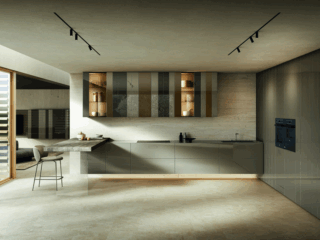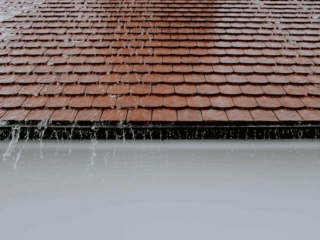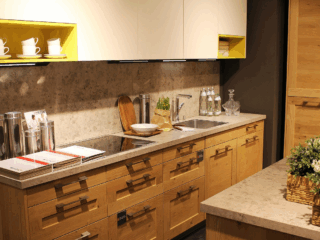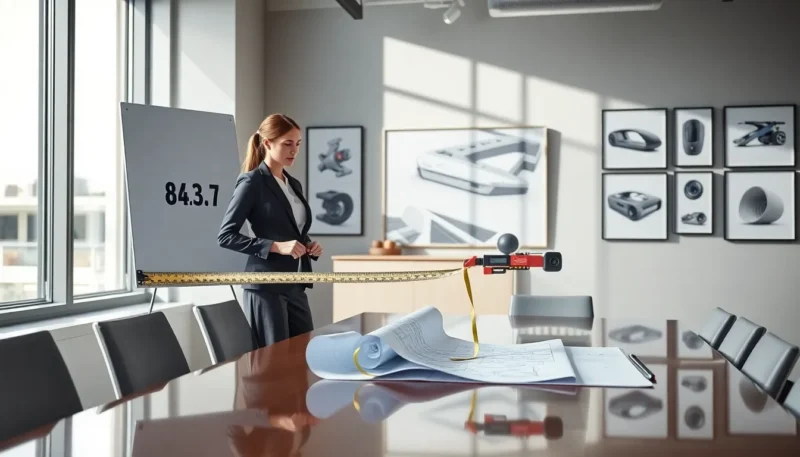
The kitchen has undergone a profound transformation over the past decades. Once regarded as a purely utilitarian room hidden from view, it has evolved into one of the most celebrated spaces of the home.
More than a place for preparing meals, today’s kitchen is a stage where design, lifestyle, and identity converge. By embracing refined aesthetics and innovative solutions, the kitchen becomes a true statement of style while continuing to deliver the functionality that daily life requires.
The Evolution Of The Kitchen From Function To Style
Traditionally, kitchens were designed to serve practical needs alone, often tucked away from the rest of the house. Their design emphasised durability and utility over beauty. Over time, however, cultural shifts and changing lifestyles redefined the role of this room.
In contemporary living, the kitchen represents both a highly functional workspace and a social hub. Its transformation reflects broader societal values: openness, connection, and the desire for spaces that combine efficiency with personal expression.
Defining Style Through Materials And Design Choices
A kitchen that makes a statement begins with carefully selected materials. Wood, metal, and glass remain essential, each contributing distinct qualities to the overall aesthetic. Wood brings warmth and a sense of authenticity, while metal introduces sleek precision and durability. Glass adds lightness, transparency, and reflection, creating balance and harmony.
Finishes and textures further shape the personality of the space. Matte surfaces provide subtle sophistication, while polished accents add contrast and brightness. Colour palettes can remain neutral for a timeless look or incorporate bold accents to create visual interest.
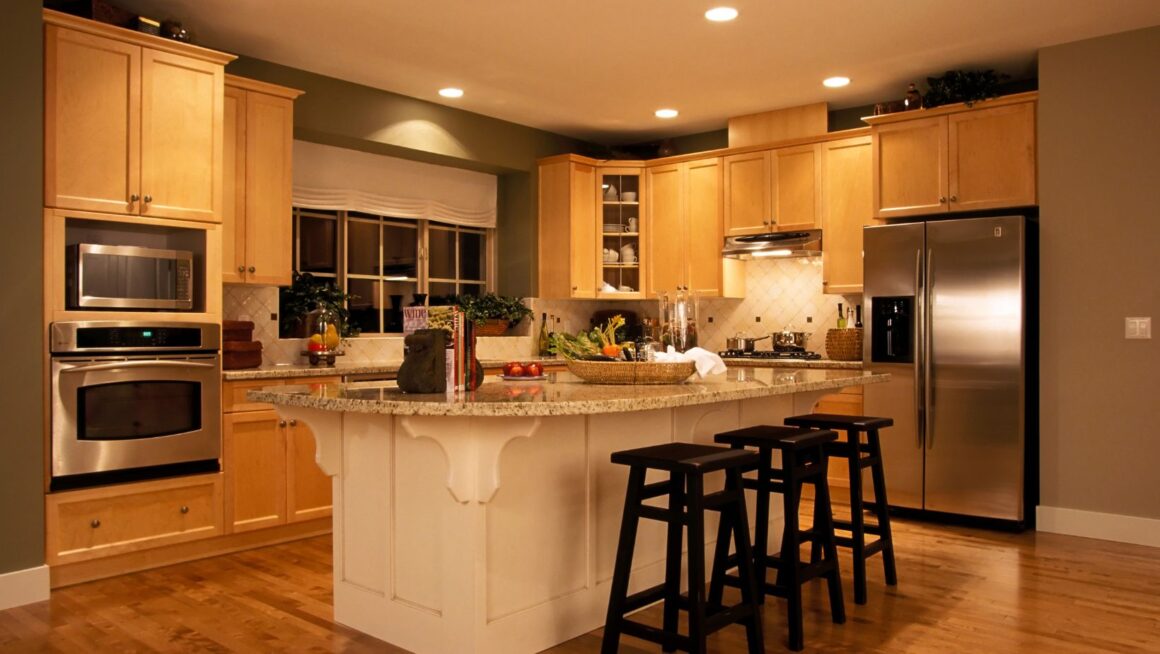
Among the most defining elements are modern kitchen cabinets, which merge practicality with style. Their streamlined lines, customisable finishes, and seamless integration with appliances allow them to become both functional storage solutions and central design features. In minimalist or modular kitchens, cabinets often set the tone, framing the space and reinforcing its visual identity.
The Kitchen As Part Of An Open-Plan Lifestyle
Modern homes increasingly embrace open plan living, where the kitchen flows naturally into dining and living areas. This shift demands that kitchens deliver not only performance but also a strong aesthetic presence. They must blend harmoniously with the surrounding spaces, maintaining continuity in materials, proportions, and colours.
Lighting plays a crucial role in reinforcing this integration. Pendant lights above a kitchen island, discreet recessed lights, or even natural daylight streaming through large windows help highlight surfaces and enhance the sense of openness. Furniture choices, too, contribute to this seamless flow: dining tables, chairs, and shelving often echo the design language of the kitchen, creating a unified environment.
Balancing Practicality With Visual Impact
While design is central, a stylish kitchen cannot neglect functionality. Behind the elegance of minimal surfaces and clean lines, the space must remain efficient, comfortable, and adaptable to daily routines.
Storage solutions are carefully concealed, with drawers and cabinets designed for ease of access and maximum capacity. Workflow is optimised through intelligent layouts, ensuring smooth transitions between cooking, cleaning, and dining zones.
Modular systems and integrated appliances help maintain visual harmony while enhancing performance. The balance between usability and refined design transforms the kitchen into a place where every detail contributes to both efficiency and aesthetic impact.
The Kitchen As A Reflection Of Lifestyle And Identity
Ultimately, the contemporary kitchen is more than a cooking area – it is a mirror of personal taste, lifestyle, and identity. By combining premium materials, thoughtful design choices, and an emphasis on openness, it becomes an expression of who we are.
It symbolises a shift in how we live: blending functionality with culture, routine with beauty, tradition with innovation. In this sense, turning the kitchen into a statement of style is not just about design – it is about creating a space that enriches daily life and embodies the values of modern living.
Lago: Italian Innovation Between Modularity And Responsibility
From its artisanal origins in the late 19th century to its official foundation in 1976, LAGO has always conceived furniture as a way to improve everyday life. More than a simple manufacturer, the Italian company has developed a genuine philosophy of living, where each collection becomes a language to translate needs and aspirations into tangible spaces.
The arrival of the fourth generation in 2006 marked a decisive step: a family vision was transformed into a global strategy. Today, with a presence in more than twenty countries and over 500 points of sale, the brand expresses a strong Italian identity while speaking an international language, thanks to its instantly recognisable sobriety and elegance.
At the heart of this approach lies modularity, seen not as a trend but as a cultural code. Kitchens, tables, bookcases and sofas are conceived as open architectures, designed to adapt to the changing needs of inhabitants and to stand the test of time.
This vision is supported by a responsible production model. Materials are chosen for their sensory quality, durability and recyclability, while the industrial process follows the principles of the circular economy: traceability, resource management and energy efficiency.
Digital innovation also plays a central role in LAGO’s method. The in-house developed 3D configurator allows clients and designers to simulate and personalise their projects in real time. Technology thus becomes a concrete tool in the service of creativity, making it easier to visualise and strengthening the relationship between space and user.
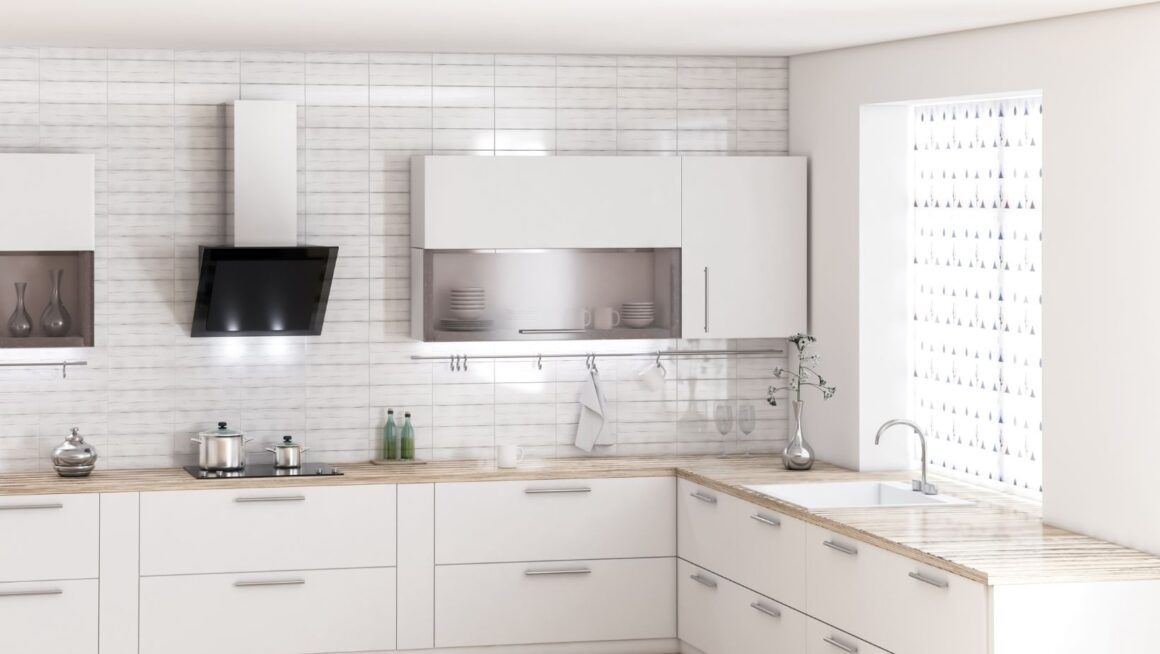
In a world where novelty is often pursued for its own sake, LAGO chooses continuity, coherence and authenticity. Its furniture does more than furnish a space: it accompanies people over time, creates evolving environments and gives living spaces cultural and human depth.

